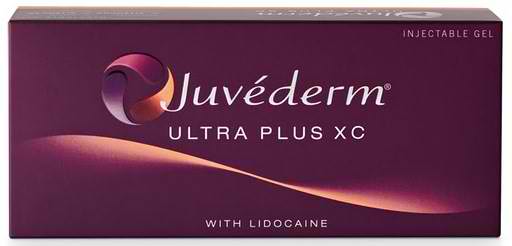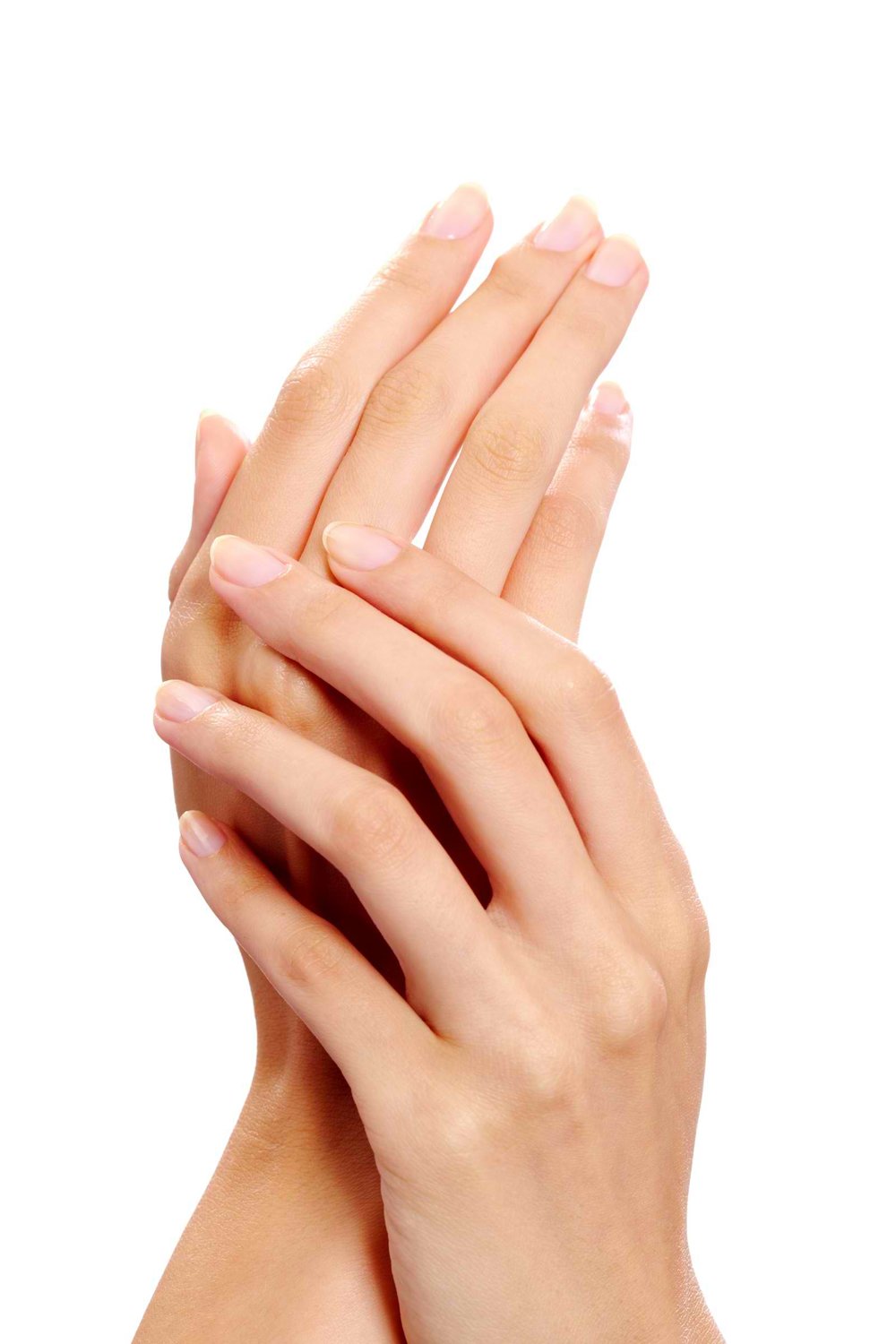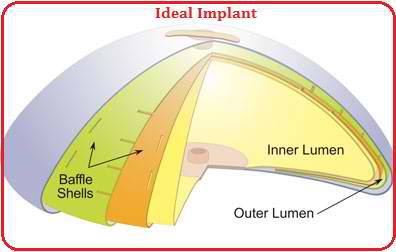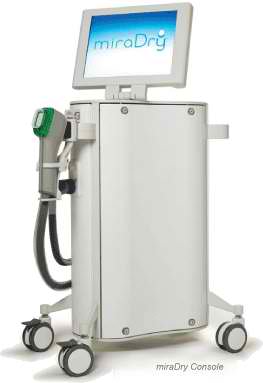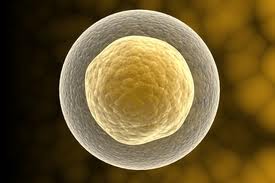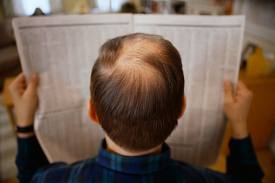Overlooked Anti-Aging Procedures
/Many fillers and injectables are marketed for the face and skin. According to the 2016 ASPS statistics, there were 2,600,000 procedures for dermal or soft tissue fillers alone. However, dermal fillers are also used for other purposes, like on the hand and neck.
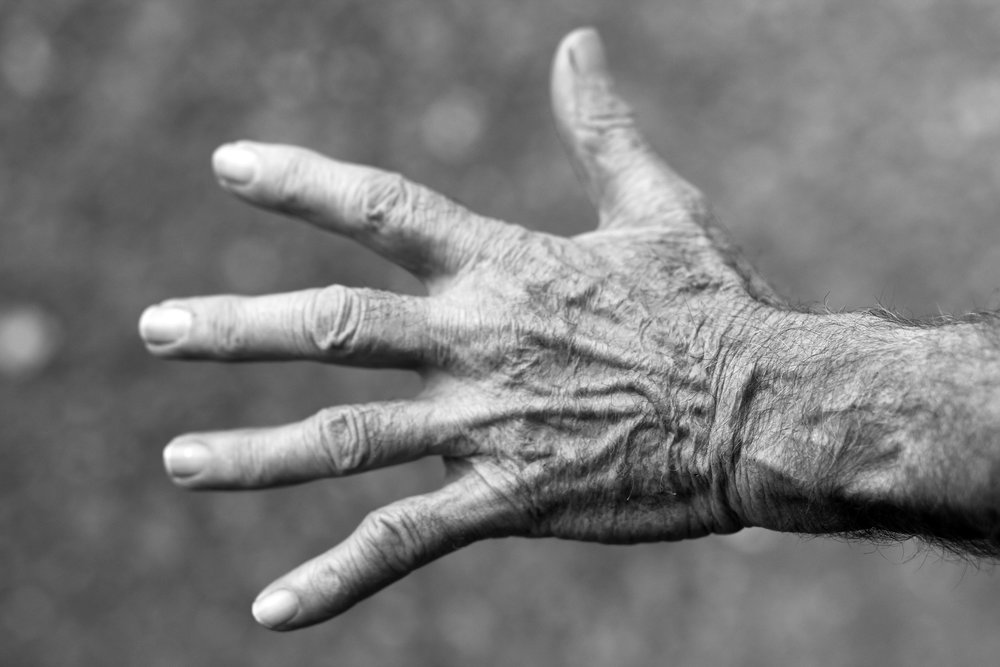
Numbers are scarce regarding treatments for those areas, however some patients seek hand or neck rejuvenation, which are overlooked procedures.
There have been studies about using neck and hand rejuvenation, mostly showing promising results to the patients. Few studies have only shown complications about rejuvenation and resurfacing. Frequent modalities used in treating these areas are dermal fillers (used for off label use) and lasers or IPL.
In the official statistics provided by the ASPS, only hand surgery is listed as a surgical procedure and so far, hand and neck rejuvenation is not listed as a non-surgical procedure. It is probable that it is part of the filler statistics.
HAND REJUVENATION
Common injectables used for hand rejuvenation are Collagen, Hyaluronic Acid (HA), Calcium Hydroxlypatite (CaHA), and Poly-L-Lactic Acid (PLLA) (Kühne and Imhof, 2012). According to the authors, side effects of the fillers on the hands are swelling and bruising. In addition, they suggested that dermal fillers for better effectiveness is CaHA due to collagen stimulation. Furthermore, according to Butterwick and Sadick (2016), hand rejuvenation procedures are more effective when treated with multiple modalities such as IPL, RF, and CaHA and PLLA.
In Maruyama’s (2016) study, it focused on the hand rejuvenation for 128 Japanese patients. The researcher took into consideration some skin differences and side effects. The researcher used IPL by using two wavebands, one using 560nm and another 515nm.
Immediate downtime results for wrinkles showed that most of the patients were mostly unpleased, effects improved after two or more treatments. Meanwhile, many patients were satisfied by the results with the dorsal lentigines. One of the prominent side effects presented in the author’s study was erythema, followed by hyperpigmentation and itching.
Despite such, most patient satisfaction for hand rejuvenation is usually high and there is an expected patient return or retention for a treatment of hand rejuvenation (Rivkin, 2016).
After administering an injection related hand rejuvenation procedure, massaging is recommended as it helps in the longevity of the treatment on the hands.
NECK REJUVENATION

With surgery, come the complication and risks. Batniji (2014) enumerates the possible risks of surgical neck lifts, such as induration, neck injury, and skin contour irregularities. Despite such complications, neck lifts is slowly on the rise.
As an alternative, some cosmetic physicians offer non-surgical neck rejuvenation.
However, recent literature is still little for non-surgical neck rejuvenation.
de Oliviera et al.’s (2017) study presented a 100% improvement rate upon treatment. A combined RF and PEMF treatment shows significant positive results when used to treat the neck. Additionally, the researchers note that RF alone may not be as effective. It is suggested these combined treatment be used in observing shorter downtime and lesser complications.
Their main limitation was no follow-up was done after their initial study. Any observed complication was quickly resolved.
In another study, di Bernardo (2016) used two modalities for the neck: a laser and RF for different purposes. Their study focused on the procedure of using the modalities for the neck. The researchers marked the areas to laser and used tumescent anesthesia for this treatment. As for the RF treatment, they plotted the areas to treat the neck to avoid neuropraxia.
Finally, Oram and Akkaya (2014) uses CO2 as another option in treating the neck as it showed improvement with Skin Laxity, Jowling, Fat Disposition, and Horizontal Neck Lines. Their study, however, presented complications, however it was only short lived. Despite such results, most of the patients returned for further treatments in the long-term. Their main takeaway in the study was the skin tightening due to the bettering of the skin laxity and in turn causing good effects with the jowling and fat disposition.
These two procedures, while, not popular, are also sought by patients. These elective procedures are befitting
In another post, we discuss injection techniques for hand and neck rejuvenation.

